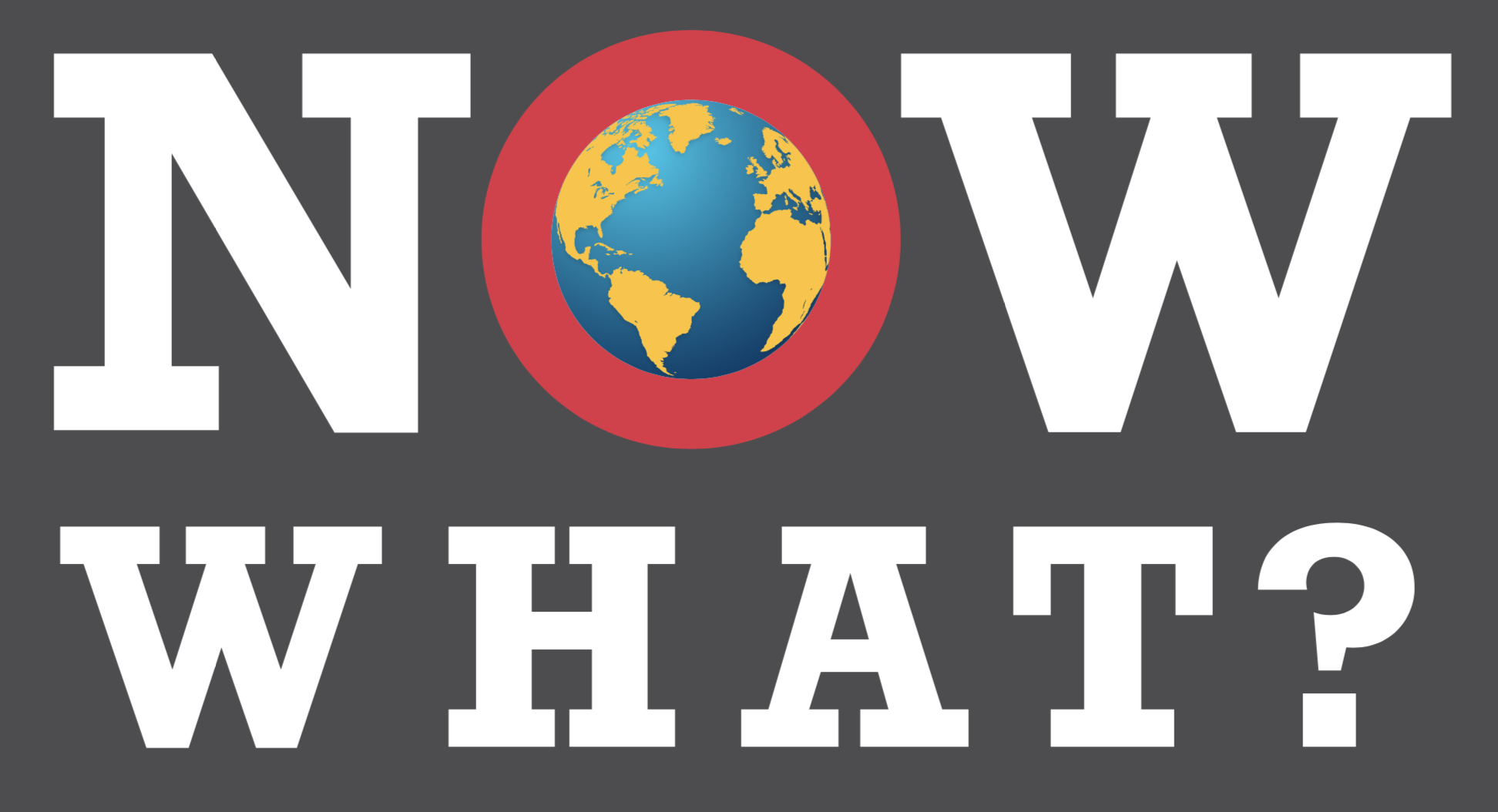2
Use today's evidence to guide tomorrow's prevention targets
The world is going to miss the 2020 incidence-reduction target not because it tried everything and failed, but because many things didn't get funded or evaluated and fixed when needed. Prevention impact can be achieved and measured. Let's not waste any more time.
No Time to Waste
Never has the phrase "hindsight is 2020" had so much resonance. Very soon, the world will arrive at the 2020 deadline previously set for achieving a range of targets that linked to ending epidemic levels of HIV worldwide.
Deliver HIV testing so that 90 percent of people living with HIV know their status, make sure that 90 percent of those people are linked to antiretroviral treatment and that 90 percent of them are virologically suppressed.
Support three million people at substantial risk of HIV to start and stay on PrEP.
Put condoms and lube in the hands (and bedrooms) of everyone who wants and needs them. Reach 27 million additional men with voluntary medical male circumcision from the 2016 baseline of 14 million.
Slash stigma, shore up human rights. (For a look at all of the prevention targets, see AVAC Report 2016).
Not only will the world fall short of individual targets, but, more importantly, the all-important milestone of driving new HIV infections down to 500,000—from an estimated 1.7 million each year—will be missed by a long shot. This doesn't mean that the targets were a bad thing.
At AVAC, we love a target that ticks the boxes that we described in our "Anatomy of A Target" in 2015: audacious, achievable, resourced, measurable, accountable, backed by political will and a collective priority. And we think that hindsight can be a powerful tool for recalibrating visions of the future. Here's what the next generation of prevention targets needs to draw on:
1. A universal prevention cascade—with "effective use" as the final step.
In past AVAC Reports we have proposed and argued for the use of prevention cascades to track progress in the implementation of key strategies, such as PrEP. We've looked at and adapted a range of cascades. We've also urged PEPFAR to require countries to present a prevention cascade as part of their annual Strategic Direction Summaries. But these efforts have been hindered by the complexity of creating cascades based on HIV-negative populations.
You don't need to reach everyone who is HIV-negative, since many of those people are not at risk of HIV. Estimating the size of groups that are at risk can be tricky, especially when it comes to groups that are stigmatized and criminalized. However, even with rough estimates, a cascade-driven approach gives a much better picture of what's working and what needs attention. Now, there's progress to a usable model that needs to make it into the field.
2. Well-defined metrics of effective use
Primary prevention has struggled for years with the ideological and practical problems of efficacy and effective use. Abstinence and condoms are both one hundred percent effective in the context of perfect use, which is both hard to measure and ridiculous to employ as a national prevention strategy. But there's new science—particularly coming from the PEPFAR DREAMS program and from work on oral PrEP—that provides concrete, scalable approaches to effective-use measurements that, if widely adopted, could build confidence that prevention dollars are going where they'll have the most impact.
In the Report, we look at how effective use is used in different prevention arenas.
